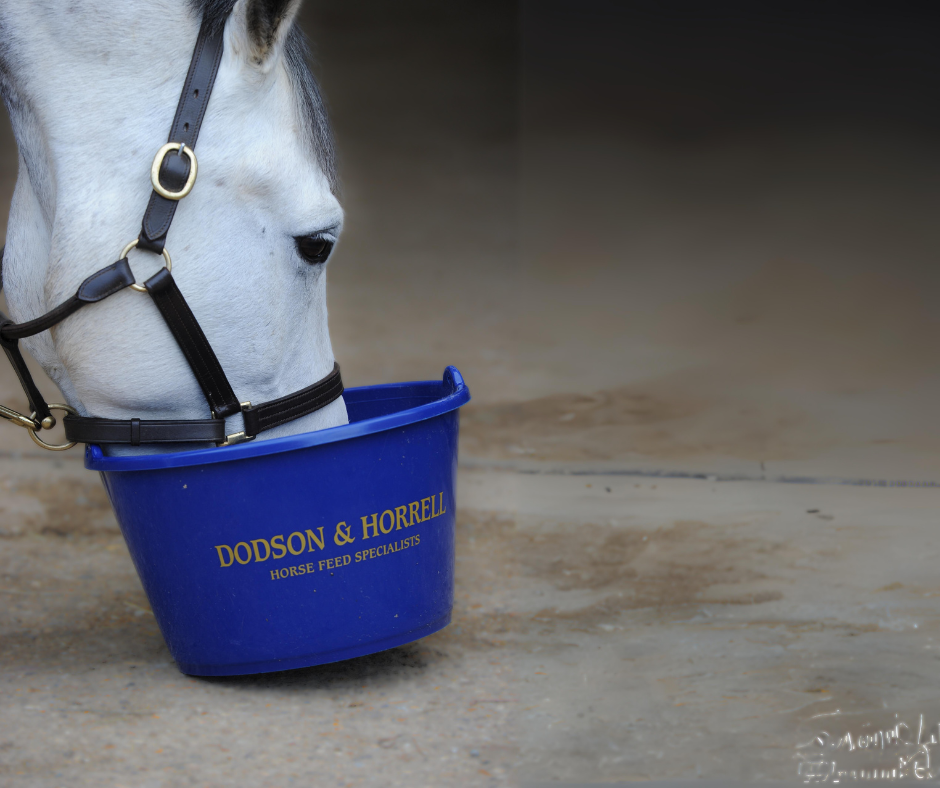We understand the confusion surrounding soya in its entirety as there is a lot of information and opinion on the use of this ingredient in both human food and animal feed. Soya is included in horse feed in a variety of forms, with different forms providing different nutritional benefits. Soybean meal is the best plant source of essential amino acids available therefore it is used to provide quality protein, while soya hulls, the fibrous outer coating of the soya bean, contain very little protein, oil, and starch but are an excellent source of digestible fibre that supports the horse’s digestive function. Soya oil contains no protein or fibre but is an excellent source of fat which is high in energy.
Slim Down contains soya hulls as one of its fibre sources. Providing different fibre sources in the diet has been shown to increase the diversity and stability of the microbial populations in the horse’s hindgut, therefore soya hulls are an excellent ingredient option.
With regard to the safety of GM crops in general, and soya specifically, the first point to highlight is that genetically modified plants used in the UK, and many other countries around the world, have been studied to determine their safety (see https://www.who.int/news-room/questions-and-answers/item/food-genetically-modified for an overview). These safety evaluations focus on the potential to produce an allergic reaction, toxicity, stability of the inserted gene, nutritional factors, and environmental implications. Much of the concern around GM soya is unsupported with research. Single studies published in the early days of GM technology do not reflect the current body of research that finds GM soya safe to consume by the majority of humans and animals. Indeed, many of the components of soya that are highlighted in the piece you have shared are present in very small quantities and are also present in other common food and feed ingredients (for example, stachyose is also present in various vegetables, sugar beet and whole grains, and goitrogens are present in cauliflower, broccoli, turnips and other cruciferous vegetables).
If we focus on phytoestrogens, we realise that these substances can have health benefits and that they are present in many feed ingredients. Any adverse effects found in research are associated with exceptionally high intakes of these compounds that would not be consumed by a person or animal eating a typical diet. Similarly, research shows that true food allergies are uncommon in horses but that the increased availability of testing has resulted in many horse owners removing ingredients from their horses’ diet unnecessarily. A true allergy can only occur in response to the protein in a feed material, so ingredients such as soya oil or soya hulls are less likely to trigger an allergy as they contain very low levels of protein (or none at all in the case of soya oil). This is why the recommendation that GM plants are safe for the majority of people/animals is because horses, like people, can develop sensitivities to certain ingredients, meaning you can never say that an ingredient is suitable for 100% of people/animals. For example, some people cannot eat peppers or peanuts, but these foods are not unsafe for others to eat. Some horses may be sensitive to soya-derived ingredients and therefore benefit from them being removed from their diet, but this doesn’t mean all soya ingredients should be removed from all horse diets. This means you should not automatically discount a feed that includes soya in some form as an ingredient, and that you should base your feed selection on how your individual horse/pony responds to it.
We hope that has helped. We pride ourselves in using high-quality, safe ingredients to meet the horse’s nutritional requirements, and therefore have no concerns about the safety or suitability of ingredients used in our feeds.



